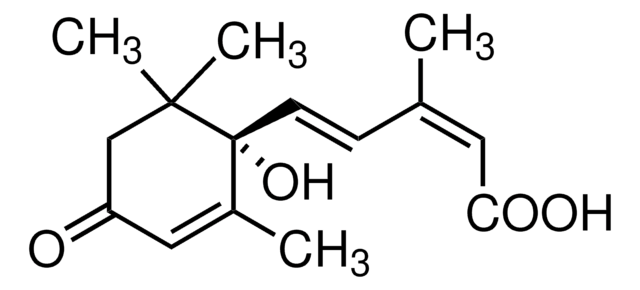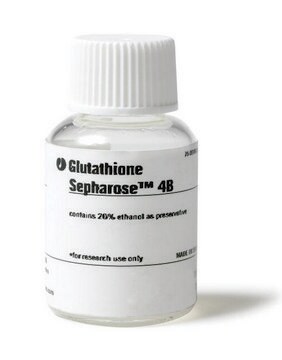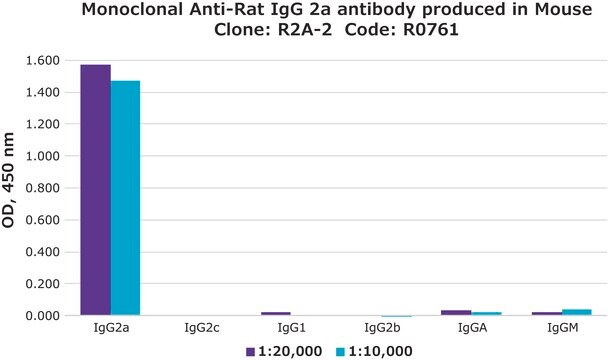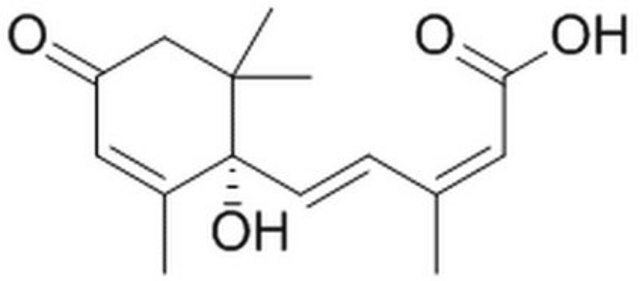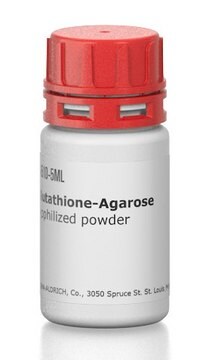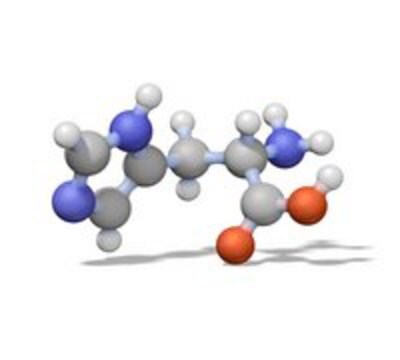F2928
Monoclonal Anti-Fas Ligand antibody produced in rat
clone 101624, purified immunoglobulin, lyophilized powder
Sinónimos:
Anti-CD95L, Anti-FasL
Iniciar sesiónpara Ver la Fijación de precios por contrato y de la organización
About This Item
Productos recomendados
origen biológico
rat
Nivel de calidad
conjugado
unconjugated
forma del anticuerpo
purified immunoglobulin
tipo de anticuerpo
primary antibodies
clon
101624, monoclonal
Formulario
lyophilized powder
reactividad de especies
mouse
técnicas
neutralization: suitable
western blot: 1-2 μg/mL
isotipo
IgG1
temp. de almacenamiento
−20°C
modificación del objetivo postraduccional
unmodified
Información sobre el gen
mouse ... Fasl(14103)
Descripción general
Fas Ligand is a 40kDa type II membrane protein, which also known as FasL and CD95L, belongs to the tumor necrosis factor (TNF) family. In the new TNF superfamily nomenclature, FasL is referred as TNFSF6. It consists of TNFα, α and β chains of lymphotoxin (LT), CD40 ligand, and CD30 ligand. It also has four potential N-glycosylation sites which appear to be variably used.
Inmunógeno
purified recombinant mouse Fas Ligand, amino acids 132-279, expressed in NSO cells.
Aplicación
The monoclonal Anti-Fas Ligand antibody is suitable for western blot analysis of rat thymus homogenates to detect the recombinant rFasL molecule. The antibody is also suitable for immunoblotting at a concentration of 1-2μg/ml and ELISA at a concentration of 0.5-1.0μg/ml.
Acciones bioquímicas o fisiológicas
FasL is predominantly expressed on activated T cells and NK cells, whereas Fas is expressed on various cell types. The gene expression is induced by the activation of mature T cells with phorbol myristic acetate (PMA) and ionomycin, concanavalin A (Con A) or anti-CD3. After cleaving of FasL, it can generate the soluble Fas ligand, a non-covalently linked homotrimer. Membrane-bound FasL and TNFα are primary activators of their receptors. Soluble FasL may inhibit the killing effect of membrane FasL. It plays an important role in modulating immune response by inducing cell apoptosis to maintain homeostasis, self-tolerance of lymphocytes, and immune privilege. It has chemoattractant characteristics for neutrophils which indicate proinflammatory function.
Forma física
Lyophilized from a 0.2 μm filtered solution in phosphate buffered saline containing carbohydrates.
Cláusula de descargo de responsabilidad
Unless otherwise stated in our catalog or other company documentation accompanying the product(s), our products are intended for research use only and are not to be used for any other purpose, which includes but is not limited to, unauthorized commercial uses, in vitro diagnostic uses, ex vivo or in vivo therapeutic uses or any type of consumption or application to humans or animals.
¿No encuentra el producto adecuado?
Pruebe nuestro Herramienta de selección de productos.
Código de clase de almacenamiento
13 - Non Combustible Solids
Clase de riesgo para el agua (WGK)
WGK 2
Punto de inflamabilidad (°F)
Not applicable
Punto de inflamabilidad (°C)
Not applicable
Elija entre una de las versiones más recientes:
¿Ya tiene este producto?
Encuentre la documentación para los productos que ha comprado recientemente en la Biblioteca de documentos.
S Sieg et al.
Journal of virology, 70(12), 8747-8751 (1996-12-01)
Herpes simplex virus types 1 and 2 (HSV-1 and HSV-2) are common human pathogens. In this report we demonstrate the capacity of HSV-2, but not HSV-1, to inhibit the activity and cell surface expression of Fas ligand, an important molecule
T Suda et al.
Journal of immunology (Baltimore, Md. : 1950), 154(8), 3806-3813 (1995-04-15)
Fas ligand (FasL) is a membrane-type cytokine belonging to the TNF family, and induces apoptosis through its cell-surface receptor, Fas. To determine the cell types that express FasL, various mouse tissues and cell lines were examined by Northern hybridization using
M G Cifone et al.
The Journal of experimental medicine, 180(4), 1547-1552 (1994-10-01)
Intracellular pathways leading from membrane receptor engagement to apoptotic cell death are still poorly characterized. We investigated the intracellular signaling generated after cross-linking of CD95 (Fas/Apo-1 antigen), a broadly expressed cell surface receptor whose engagement results in triggering of cellular
Gabriella Brunlid et al.
Stem cells (Dayton, Ohio), 25(10), 2551-2558 (2007-07-07)
The potential of pluripotent embryonic stem (ES) cells to develop into functional cells or tissue provides an opportunity in the development of new therapies for many diseases including neurodegenerative disorders. The survival of implanted cells usually requires systemic immunosuppression, however
A Oehm et al.
The Journal of biological chemistry, 267(15), 10709-10715 (1992-05-25)
The APO-1 antigen as defined by the mouse monoclonal antibody anti-APO-1 was previously found to be expressed on the cell surface of activated human T and B lymphocytes and a variety of malignant human lymphoid cell lines. Cross-linking of the
Nuestro equipo de científicos tiene experiencia en todas las áreas de investigación: Ciencias de la vida, Ciencia de los materiales, Síntesis química, Cromatografía, Analítica y muchas otras.
Póngase en contacto con el Servicio técnico